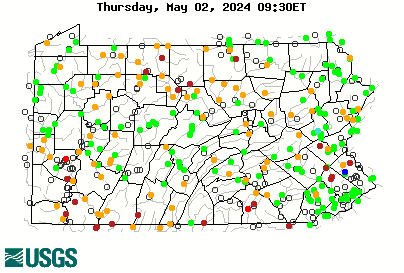ian_brown
Member
- Joined
- Jan 22, 2007
- Messages
- 308
What color are Sulphur nymphs? I know this seems like a stupid question, but I've seen two completely different answers.
1. Mary Kuss, of the Sporting Gentleman, told me that they are a sort of darkish mahogany color with just a touch of purple. Orvis.com sells a sulphur nymph in this color, which they call "claret."
2. In his article on Sulphurs last year, Eric Stroup had a recipe for a yellow sulphur nymph, and I believe Jonas at the Feathered Hook ties them in that color as well.
What's going on? These seem like two different bugs to me.
Here's my hunch, based on two minutes of research on troutnut.
The invaria nymph looks pretty darn yellow, while the dorothea nymph looks much darker, but with flecks of yellow.
1. Mary Kuss, of the Sporting Gentleman, told me that they are a sort of darkish mahogany color with just a touch of purple. Orvis.com sells a sulphur nymph in this color, which they call "claret."
2. In his article on Sulphurs last year, Eric Stroup had a recipe for a yellow sulphur nymph, and I believe Jonas at the Feathered Hook ties them in that color as well.
What's going on? These seem like two different bugs to me.
Here's my hunch, based on two minutes of research on troutnut.
The invaria nymph looks pretty darn yellow, while the dorothea nymph looks much darker, but with flecks of yellow.




